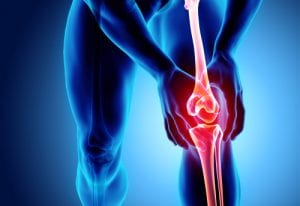Signs and symptoms of CRPS
 Complex regional pain syndrome (CRPS), formerly known as Reflex Sympathetic Dystrophy (RSD), is a type of chronic pain that can develop after someone gets injured, undergoes surgery, experiences a heart attack, or a stroke. This type of pain is relatively uncommon and still not well-understood by physicians. Usually, it is diagnosed simply by ruling out other types of chronic pain. CRPS/RSD occurs in an arm or leg and is proportionally much more painful than the severity of the original injury.
Complex regional pain syndrome (CRPS), formerly known as Reflex Sympathetic Dystrophy (RSD), is a type of chronic pain that can develop after someone gets injured, undergoes surgery, experiences a heart attack, or a stroke. This type of pain is relatively uncommon and still not well-understood by physicians. Usually, it is diagnosed simply by ruling out other types of chronic pain. CRPS/RSD occurs in an arm or leg and is proportionally much more painful than the severity of the original injury.
What are the symptoms of CRPS/RSD?
The symptoms of this condition might not manifest until months after the initial injury and can change over time. People who suffer from this chronic pain report feeling:
- Persistent burning or throbbing pain, usually in your arm, leg, hand or foot
- Unusual cold or touch sensitivity
- Swelling around the painful region
- Skin temperature alternates between sweaty and cold
- Skin changes color, ranging from white and mottled to red or blue
- The skin on the painful affected area might become tender, thin or shiny
- Changes in hair and nail growth
- Joint stiffness, swelling, and damage
- Muscle spasms, tremors, weakness atrophy
- Decreased ability to move the affected hand, foot, arm, or leg
Can I take legal action if I have been diagnosed with CRPS/RSD?
If you have been diagnosed with this chronic pain condition and believe that it originated from an injury you sustained because of someone else’s ignorance, you might have a case. Contacting a personal injury attorney as soon as possible will increase your chance of winning compensation. Personal injury cases have a statute of limitations of two years, so you must file your claim within two years of getting diagnosed with this condition.
Contact a New York CRPS injury lawyer
If you have developed CRPS/RSD as a result of an injury you sustained, you might be entitled to compensation for the harm you’ve suffered and enduring pain you’ve been forced to endure. Contact Hach & Rose, LLP to discuss your rights and options. Call our office at [phone number] or reach out online today.
Comments
Post a Comment